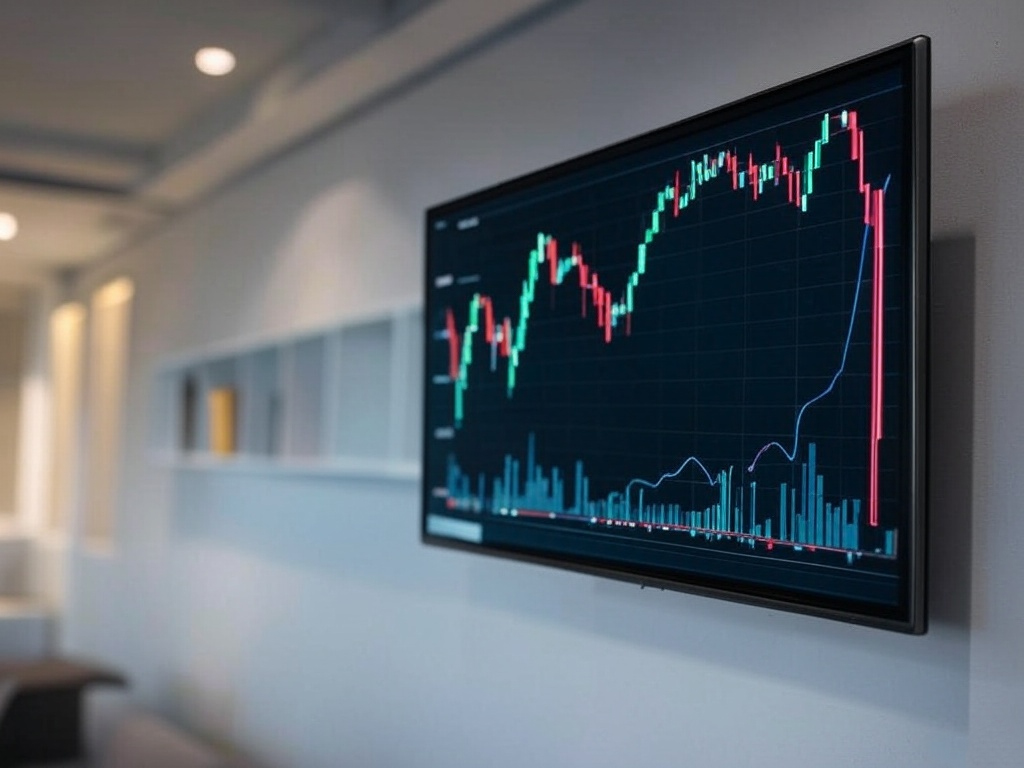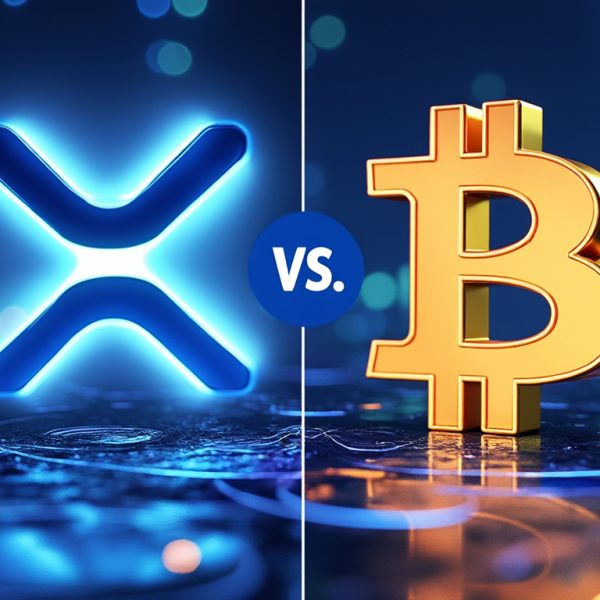In the cryptocurrency market, two key metrics shape price stability and market efficiency: crypto liquidity and trading volume. While often mentioned together, they serve distinct roles.
Think of it like an electrical circuit: Liquidity is like current (amps), the market’s ability to ‘flow’ and absorb trades without big price swings. Volume is like voltage (volts), the pressure or intensity of trading activity driving those trades.
Just as voltage pushes current through a circuit, volume fuels market activity. But much like resistance limits current, thin order books can restrict liquidity even when volume is high. Together, they define how smoothly the market runs.
What Is Crypto Liquidity?
Crypto liquidity refers to how easily an asset can be bought or sold at a stable price. A highly liquid market has many buyers and sellers, ensuring that large transactions do not significantly impact the asset’s price. Liquidity is essential for minimizing slippage and maintaining fair market prices.
Practical Example of Liquidity
Imagine you’re trying to buy 1,000 XRP on a highly liquid exchange like Coinbase. Because many traders are active, your order is filled quickly at the expected market price. However, if you attempt the same trade on a smaller exchange with low liquidity, you may have to buy at a higher price or wait longer to complete the order.
What Is Trading Volume?
Crypto trading volume measures the total number of assets exchanged within a specific period, often 24 hours. High volume indicates strong market participation, while low volume suggests weak activity. However, high trading volume does not necessarily mean high liquidity—it simply means many trades are happening.
Practical Example of Trading Volume
XRP’s 24-hour trading volume might be $3 billion, reflecting intense buying and selling activity. However, if that volume consists of large but sporadic trades, liquidity may still be low, leading to volatile price swings.
The Relationship Between Liquidity and Volume
Both crypto liquidity and trading volume impact market behavior, but they don’t always move in sync. A market with high trading volume but low liquidity can experience wild price swings, just like a high-voltage circuit with low amperage struggles to handle heavy loads. Conversely, a market with high liquidity but low volume remains stable but lacks price movement.
Example: Low Liquidity, High Volume
A newly launched token might experience a surge in trading volume due to hype. However, if liquidity is low, even moderate-sized trades can lead to extreme price fluctuations.
Example: High Liquidity, Low Volume
XRP typically has deep liquidity across multiple exchanges. Even during periods of lower trading volume, it maintains a stable price because buyers and sellers are always available.
Why Crypto Liquidity and Volume Matter
Understanding crypto liquidity and trading volume is crucial for traders and investors. High liquidity ensures smoother transactions and fair prices, while high volume provides opportunities for market participation. The best markets balance both, creating a healthy trading environment.
Also Read: 3 Signs You’re Ready to Start Investing in Crypto and How to Do It Safely
Final Thoughts
While crypto liquidity and trading volume are related, they serve different purposes in the market. Liquidity ensures price stability and ease of trading, while volume measures overall market activity. By analyzing both, traders can make more informed decisions and navigate the crypto market more effectively.











